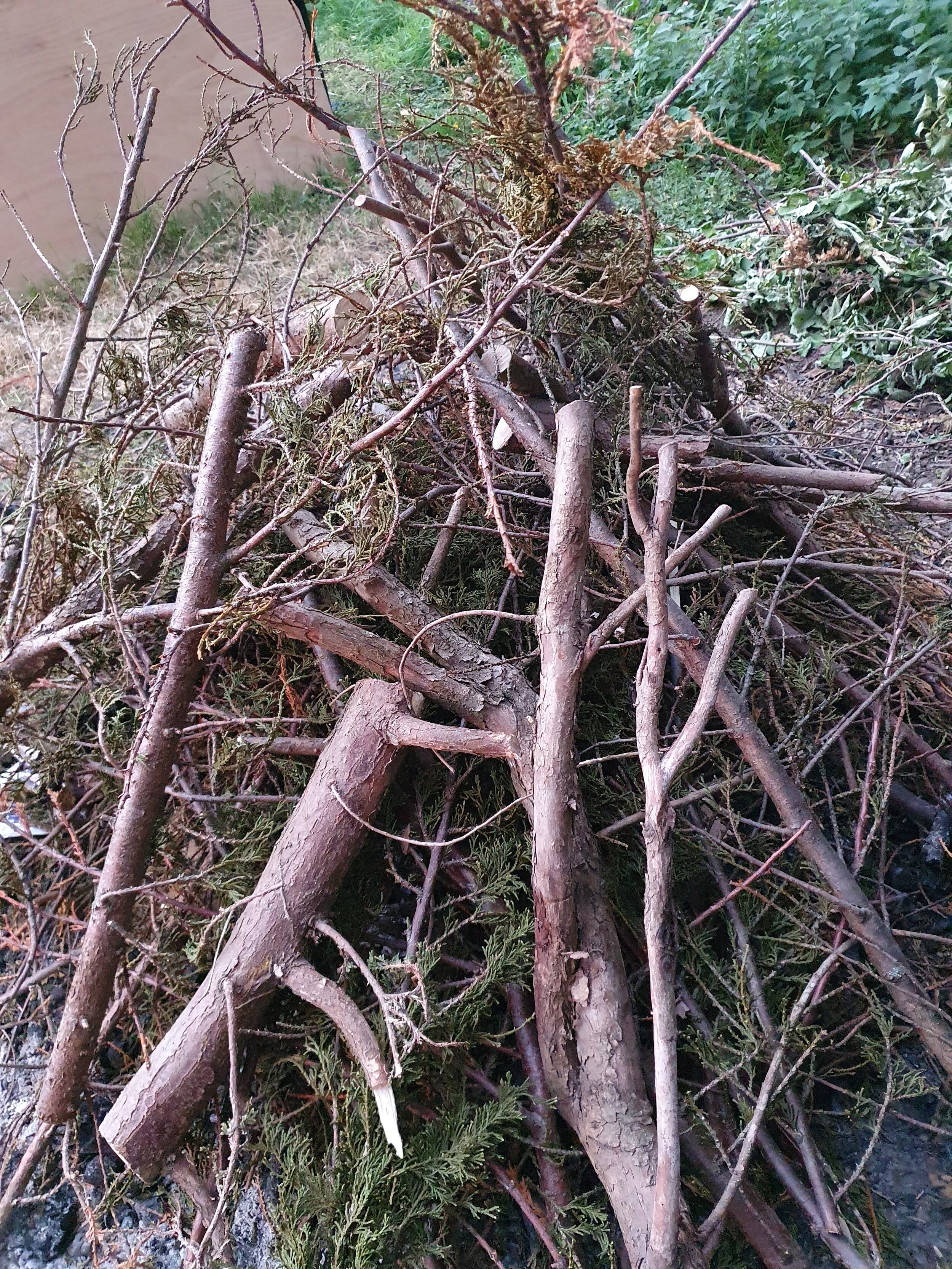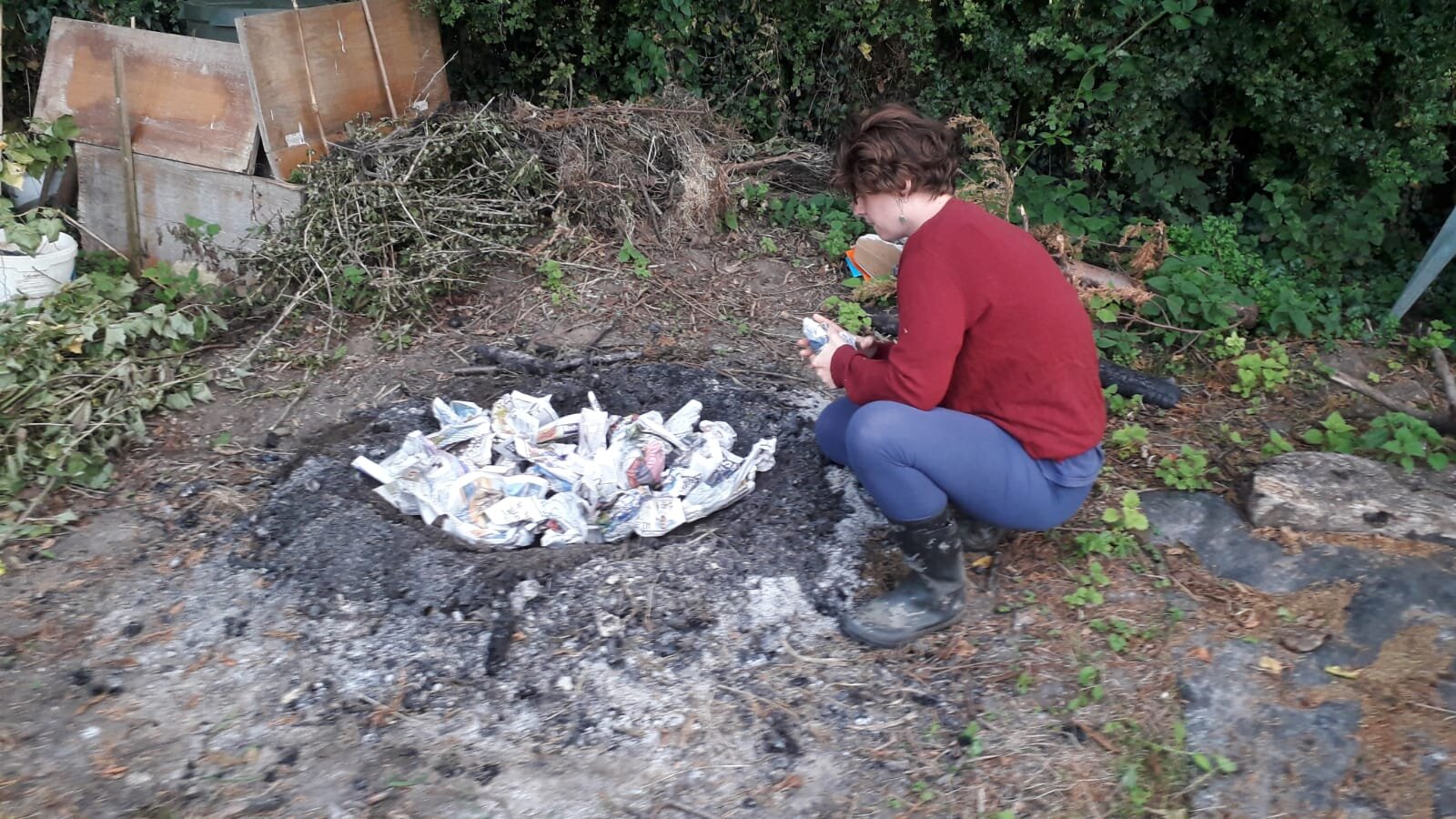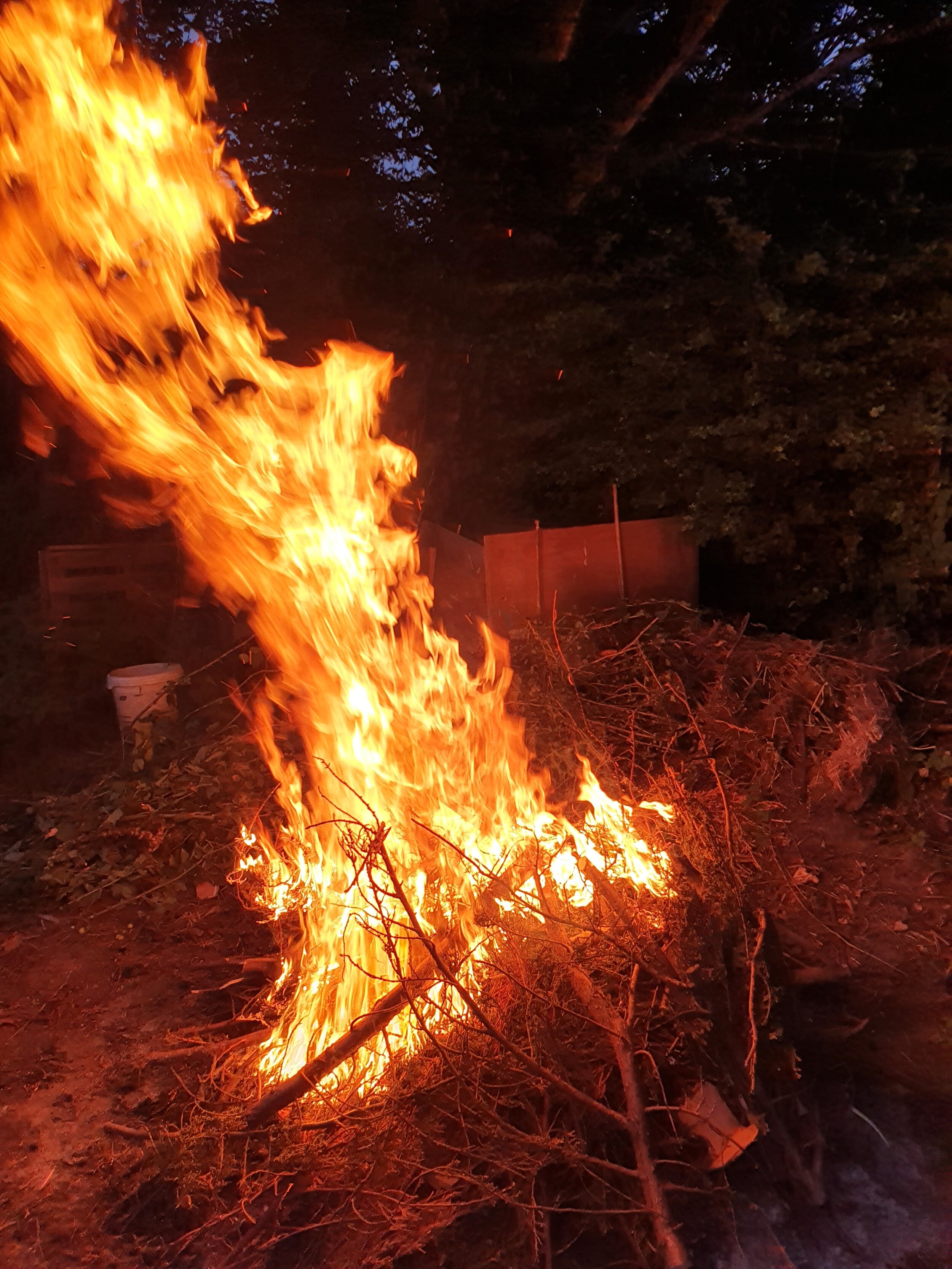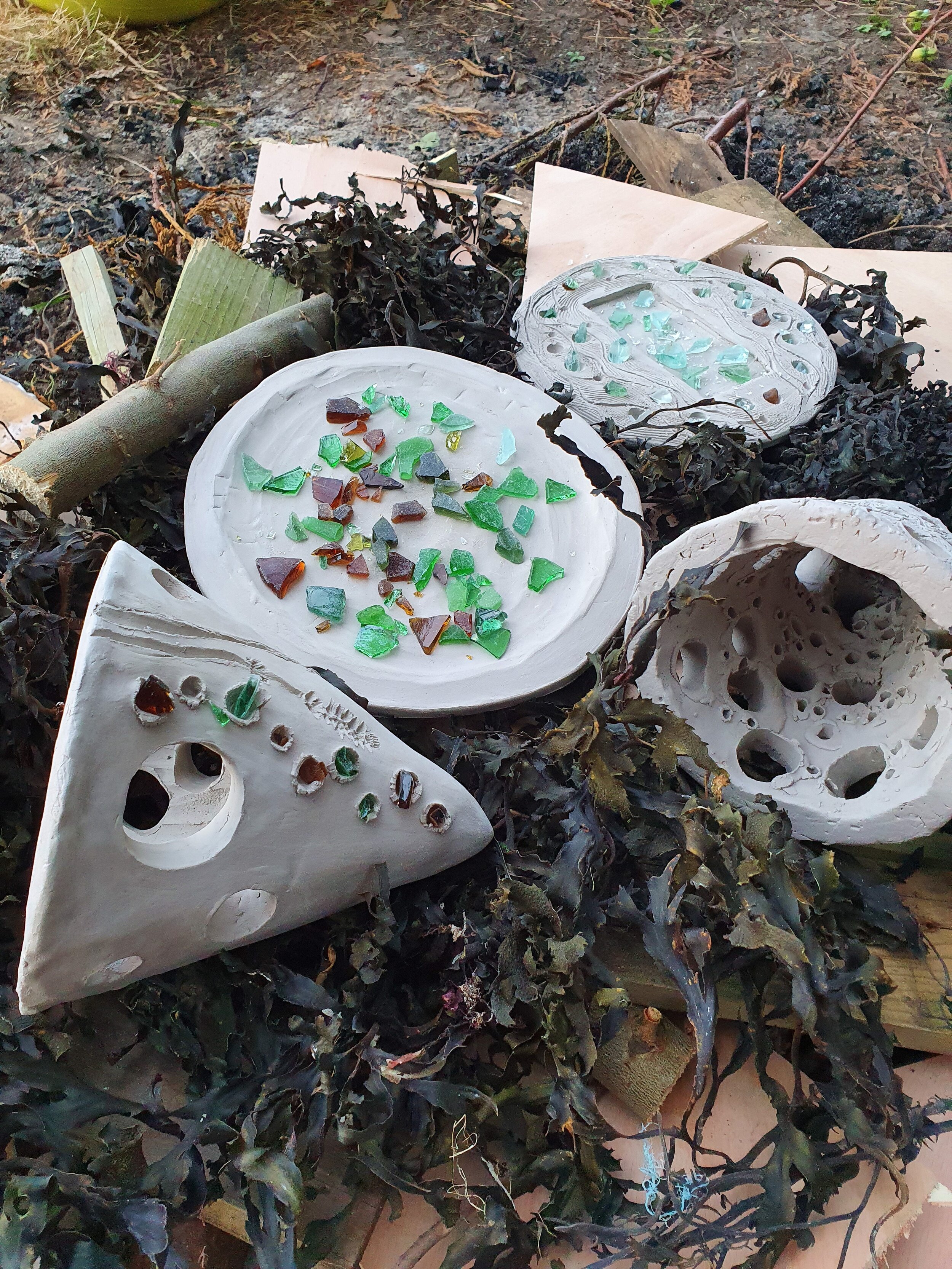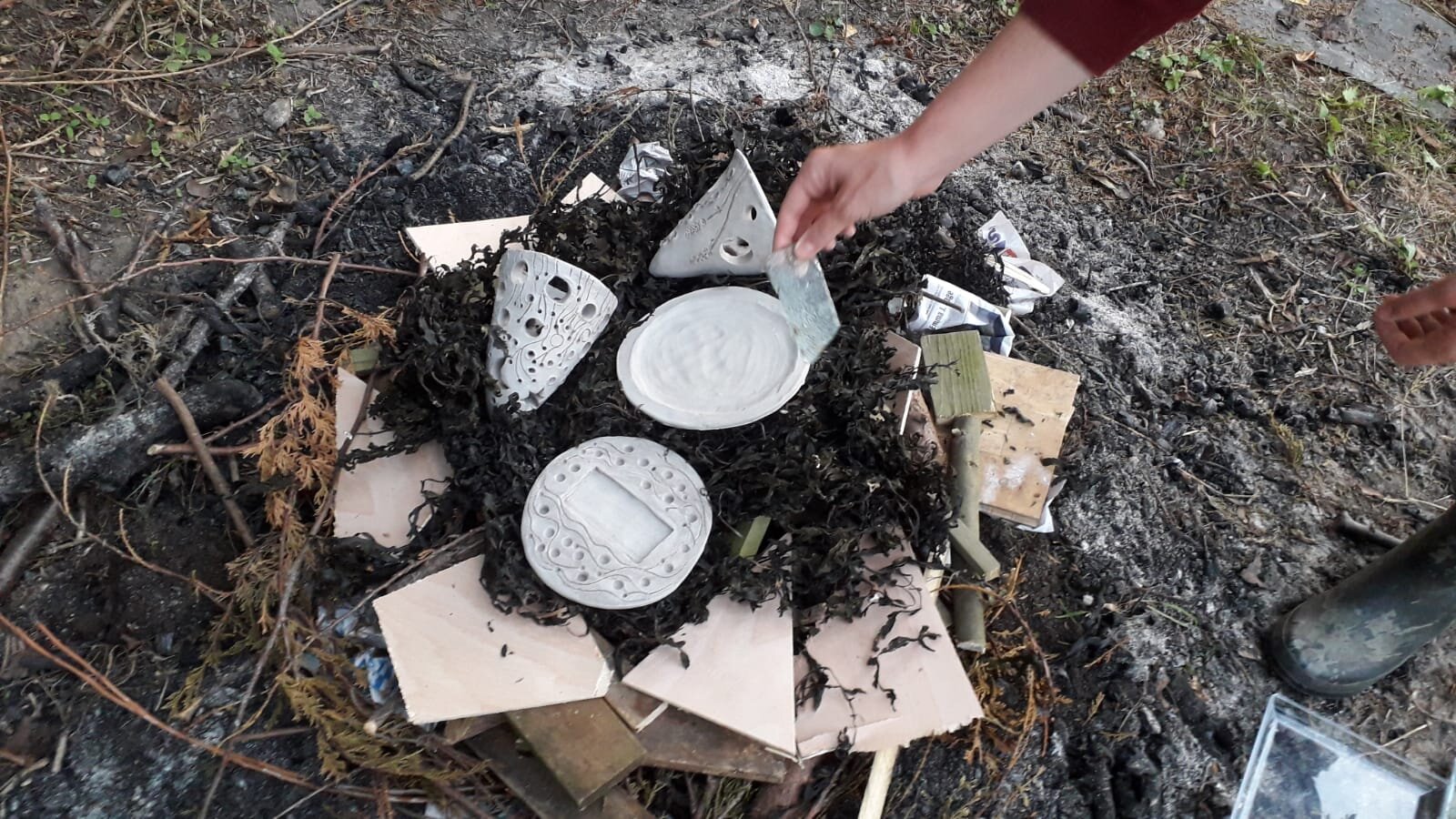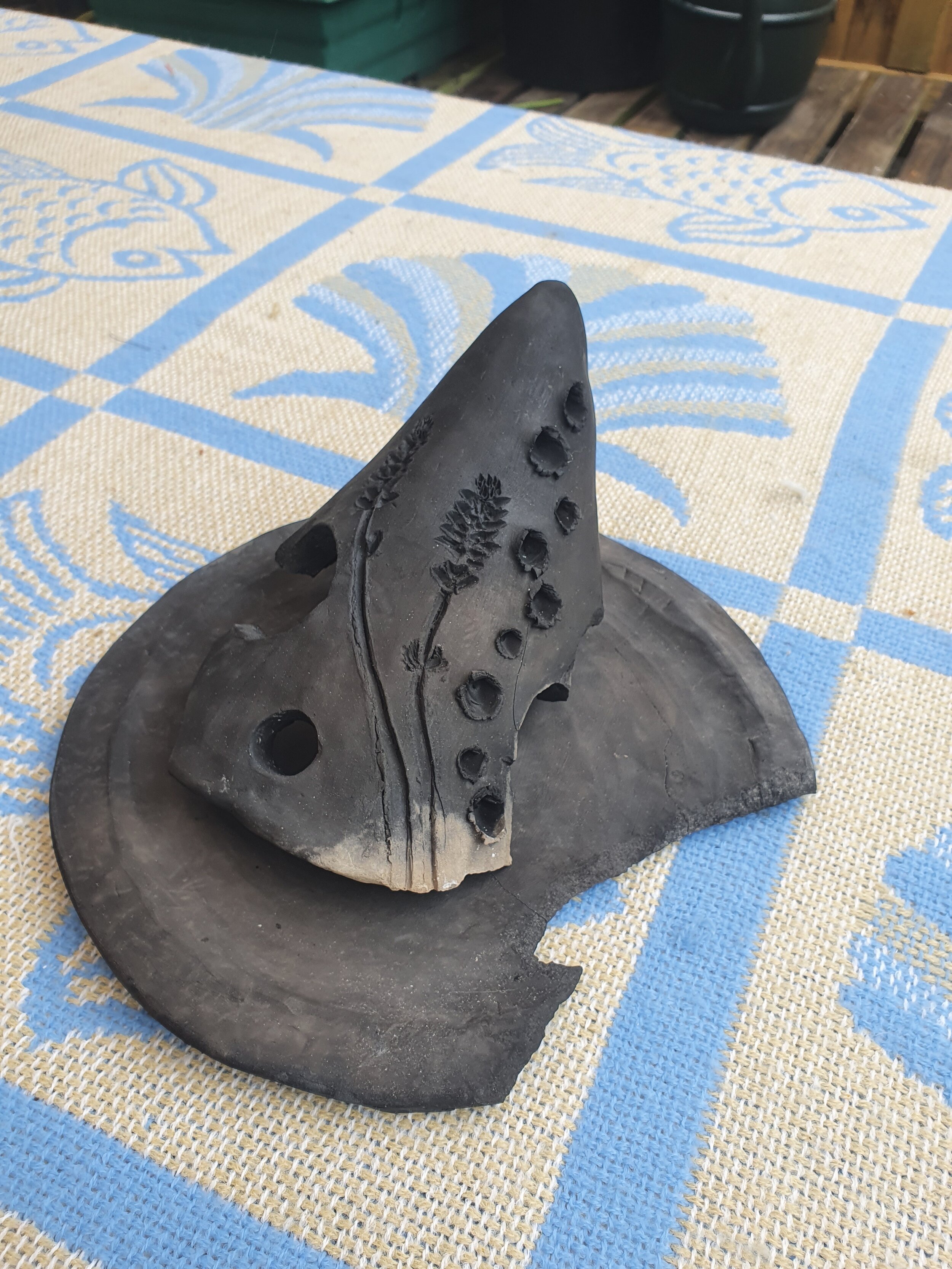On… Hands and Hearts
An activist and counsellor in conversation.
Ok, so I’m not quite done with writing about Eco-Anxiety just yet!
This week I am sharing a joint blog post with counsellor, fellow blogger and friend, Rachael Mobbs. Because, when it comes to struggles with mental health in any form, sometimes professional help is the exact kind of support that we need.
I was interested in Rachael’s perspective as a councellor on how climate issues fit into her work, and in the end there was so much synergy between our two blogs that we decided to write a joint post to share with our readers.
Therapy can be a life changing tool for working through mental health challenges.
Climate change has too often been pushed to the realms of environmentalism, but the truth is this is an issue that touches on anything and everything we have ever cared about.
Yes, climate change is about wildlife and preserving landscapes, but it’s also about poverty, women’s rights, race, economics, and so much more including, of course, mental health.
So Rachael and I have asked each other four questions, which you’ll find below, in the hope that our different lenses in conversation will share some fresh perspectives on both climate change and mental health. Enjoy!
You can read Rachael’s wonderful blog, Wondering Willow Counselling here.
——————————
My Questions for Rachael
1. What inspired you to become a counsellor?
As part of my MA in 18th Century Literature, I took part in a year-long work placement. These were pretty randomly allocated and I got Sheffield Arts and Wellbeing Network (SAWN) which is an organisation that links people within the city who are promoting wellbeing within Sheffield.
My role was to interview their members and to create blog post content for their website. I had a wonderful time meeting a huge variety of people from priests to hospital interior designers, artists and potters, poets and counsellors.
One day I left an interview with a counsellor who was using literature to help women who had experienced abuse process their emotions and I thought: ‘...This is what I want to be doing.’
After I finished my MA I signed myself up for a further four years of training to become a counsellor and here I am.
2. You used to work in the world of fast fashion. Do you have any reflections on the emotional side of our relationship with what we consume?
Working in the fashion industry was a huge eye-opener. Everything is orchestrated to make you as the consumer spend as much money as possible. The fashion industry isn’t just selling clothing; they are selling a lifestyle that is complete fiction. We will never reach that image because two weeks later the goal posts will have changed and it will be Scandi Chic that is the new Paris stripe. Honestly, the waste that I saw in my time in fast fashion was pretty astonishing.
But the truth is that you’re enough, as you are. This is something I’ve had to pick apart since leaving retail.
Nowadays I have a little wish list. If I see anything that really pulls me I add it to the list. I leave it for a week and revisit it. Normally the novelty has worn off and I can forget about it. You’re so much more interesting than your clothes.
Every year more than 300,000 tonnes of clothes are thrown away in the UK, with the fashion industry accounting for 5% of the UK’s total annual carbon and water footprint.
3. How important is nature is to your client’s recovery?
Evolutionary psychology points towards a large proportion of us being ‘natural watchers’. Our descendants would look out into the natural world and look for danger, a change in the weather and at the stars.
This is something almost completely lost in our modern culture; yet that instinct is still within many of us. When I ask clients where their favourite place in the world is, often it will be in a natural environment. A favourite childhood beach, a patch of woodland and the end of the road, tending their window-box.
I believe our wellbeing is hugely linked to our natural world and can have a profound impact on our relationships with ourselves.
For instance, over Lockdown my sleep has been quite interrupted. Since I’ve been making the effort to watch the sun go down each evening it has really improved. Our natural world holds so many wonderful healing properties for our minds.
The yellow and orange hues of a sunset release the sleep-causing hormone melatonine and can help improve sleep.
4. How can the environmental movement make our cause more accessible to people who are struggling with their mental health?
I think for a lot of people eco-anxiety and an unconscious stress about our climate emergency adds another layer of overwhelm, which makes engagement with the environmental movement more difficult.
There is also unhelpful stereotypes surrounding so called ‘eco-warriors’ that can make the movement feel radical, inaccessible or something just for hippies.
Encouraging people to find their own individual relationship with their natural environment is a wonderful place to start. That way some of the changes or actions to engage with the environmental movement will have their root in a meaningful ‘why’ for each person rather than rooted in shame, pressure or anxiety.
I also think that encouraging the message of being ‘imperfect’ is a really positive way of engaging more people. Too often we are faced with images of individuals who are seemingly doing sustainable and environmentally friendly living ‘perfectly’. They aren’t, nobody is. Just like nobody has perfect mental health.
To me there is something powerful about starting where you are and making little shuffle steps. If we all shuffle, we will move mountains.
Rachael’s Questions for Me
1. What inspired you to start your blog?
Many of the things that are good for the environment are good for our own wellbeing, and visa versa.
For nearly six years I’ve worked in the world of climate lobbying. I work with MPs, campaigners, civil servants, NGOs and I’ve seen that work-related burnout is rife across our sector. For me, that has meant periods of time off work, but I also see it in many of those who I work with in the form of resentment, in-fighting and a state of despair for the world.
I’m also a carer for a family member with depression, so I’ve had the opportunity to spend a lot of time thinking about mental health and why it’s so important. I began to see that many of the things that are good for the environment are good for our own wellbeing, and visa versa.
Climate.Emergence is a place to connect the emotional and ecological in the hope that it will make the climate emergency more accessible and engaging for more people; especially those who struggle with mental health.
2. What is the best thing about engaging with climate change right now?
The impact that young people have had through the youth climate strikes is incredible. Within a year or so they have raised awareness of climate change in a way that many NGOs have been trying to achieve for decades. I am so inspired to know that this is what the next generation looks like!
Aside from that, there is an increasing sense of disorientation in capitalist culture. Mental illness is on the rise, as are instances of extreme political ideologies that take advantage of this disorientation.
We know deep down that there’s something missing- whether that’s a closer sense of community, or a better work/life balance, or greater equality within society- and climate change is a vessel to work on all those things.
So climate action isn’t just about averting disaster, it’s actually about building something better than we ever had before.
The Fridays for the Future movement, started by Greta Thunberg, had over 500,000 participants in 214 countries at its latest major strike.
3. If you’re new to engaging with climate change where would you encourage people to start? What did your start look like?
Probably the single biggest thing you can do to tackle climate change is to regularly write to your elected representatives about it. This was my start and led to me becoming the founder Director of the charity Hope for the Future which supports people to do this, especially if they’ve never done it before.
Even with the squeakiest, cleanest lifestyles personally what we really need is for governments to support all people- especially those for whom environmentally friendly choices are less accessible- to make those choices.
If our policymakers don’t know it’s important to us, they won’t have the courage to make those changes because they’re worried it won’t get any votes.
But, of course, personal lifestyle changes are important. If you’re a meat/ dairy eater or you fly, these are two of the biggest things you can reduce to cut your carbon footprint.
Another is to switch to a clean energy supplier such as Good Energy, Ecotricity or Bulb (it’s easy and often not any more expensive). Or one very easy thing is do is to use the search engine Ecosia, which plants trees with the searches you make.
But ultimately the best place to start is with a change of attitude. An environmentally friendly lifestyle isn’t about depriving ourselves, it’s about truly savouring what we have so that we can let go of excess and feel in a better position to share with others. It’s actually a really exciting adventure, and we need as many people taking that journey as possible!
4. What is the hardest part of working alongside such a huge and serious issue? How do you keep hope?
Of course, I have moments of despair and hopelessness. We have ten years to halve our emissions in order to have a decent chance of keeping our planet habitable. That’s a lot to be working with every day.
But I am grateful to be alive at a time when I can really make a difference, when we all can. There is so much meaning in all of this. We know that each day counts, each moment counts.
We are waking up and realising that we cannot leave the fate of the world just in the hands of our leaders, that if anyone is left behind we are all left behind, that many things really are worth fighting for.
It’s painful, but it’s beautiful too.
P.S. For those that were interested in the results of my raku pottery adventures a couple of weeks ago, I’ve included some photos below. The pottery did crack, in the end, so we’ll be giving it another go!
About Me
I’m Jo, formerly the founder Director of national climate change charity, Hope for the Future. I am currently researching eco-anxiety and how we can build emotional resilience in our response to the climate emergency.
Welcome to Climate.Emergence- a place to emotionally process what on earth is happening to us and our planet.









